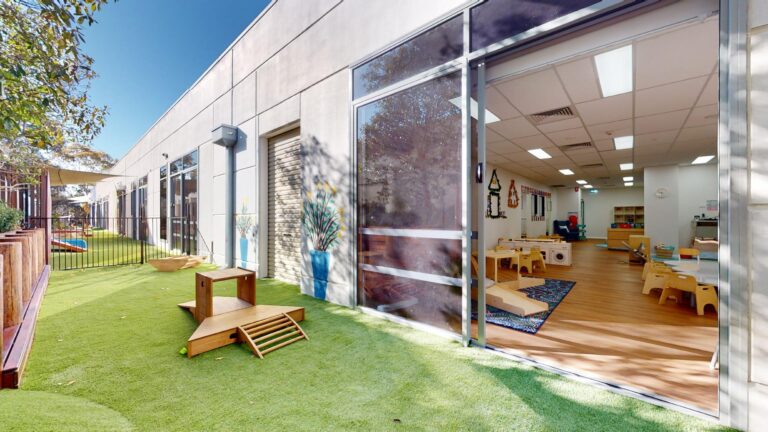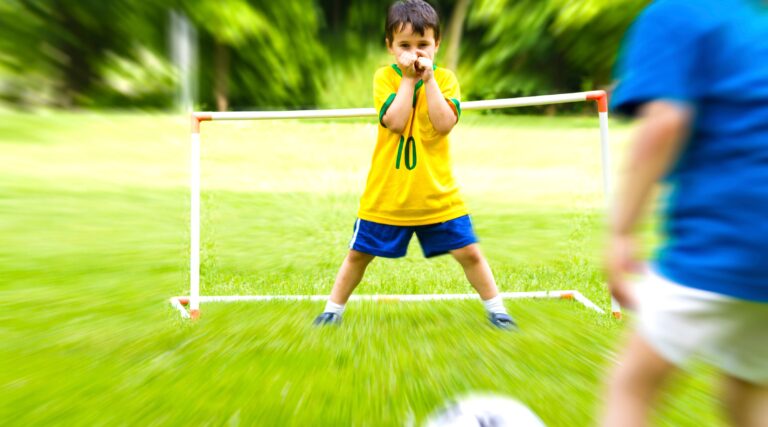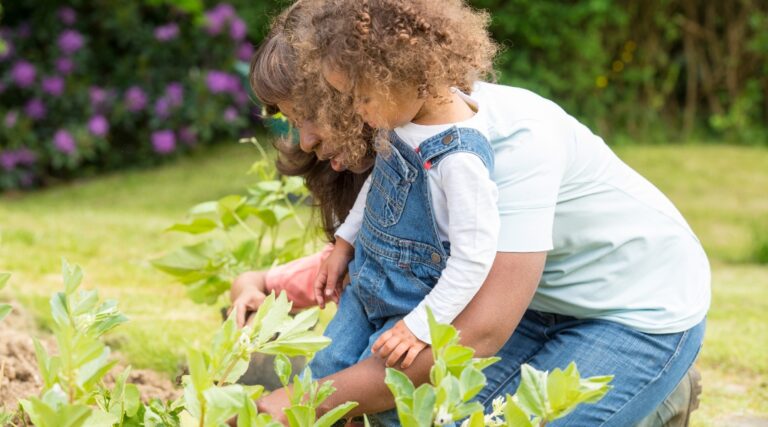Exploring the Benefits of Outdoor Learning Environments for Children
In recent years, there has been a growing recognition of the importance of outdoor learning environments for children’s development. Outdoor spaces offer a wealth of opportunities for exploration, creativity, and physical activity, all of which are crucial for children’s growth and learning. In this post, Whiz Kidz Delahey explores the benefits of outdoor learning environments and provide insight into creating engaging outdoor spaces.
Benefits of Outdoor Learning Environments
- Physical Health: Outdoor play encourages children to be active, helping to develop their gross motor skills, strength, and coordination. Exposure to natural light and fresh air also contributes to overall health and well-being.
- Cognitive Development: Outdoor environments stimulate children’s curiosity and creativity, providing a rich sensory experience that enhances their cognitive development. Nature-based play can also improve problem-solving skills and critical thinking.
- Emotional Well-being: Spending time outdoors has been shown to reduce stress and anxiety in children, promoting emotional resilience and mental health. Outdoor play allows children to experience freedom, independence, and a sense of connection to the natural world.
- Social Skills: Outdoor play encourages cooperation, communication, and teamwork, helping children develop important social skills such as sharing, taking turns, and resolving conflicts. Outdoor environments also offer opportunities for unstructured play, which fosters creativity and imagination.
- Environmental Awareness: Outdoor learning environments provide a unique opportunity for children to learn about the natural world and develop a sense of stewardship and respect for the environment.
Tips for Creating Engaging Outdoor Spaces
- Natural Elements: Incorporate natural elements such as plants, trees, rocks, and water features into the outdoor environment to create a sensory-rich experience.
- Open-ended Materials: Provide open-ended materials such as loose parts, sticks, and stones that encourage creative and imaginative play.
- Varied Terrain: Include a variety of surfaces and textures, such as grass, sand, and gravel, to provide opportunities for sensory exploration and physical challenges.
- Shaded Areas: Ensure there are shaded areas where children can seek shelter from the sun and heat, especially during the hot Australian summers.
- Safety: Ensure the outdoor environment is safe and secure, with appropriate fencing, soft surfaces under play equipment, and supervision from qualified staff.
Conclusion
Outdoor learning environments offer a multitude of benefits for children’s development, including physical health, cognitive development, emotional well-being, social skills, and environmental awareness. By creating engaging outdoor spaces that provide opportunities for exploration, creativity, and active play, Whiz Kidz Delahey supports children’s holistic development and create lasting connections to the natural world.







